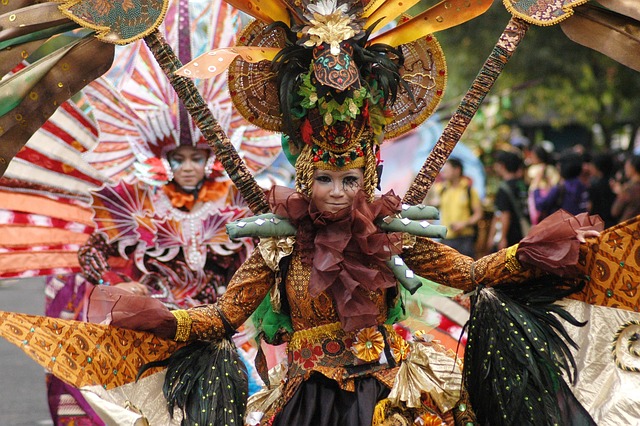Stage Presence: Elevating Performance in Neoclassical Ballet
Neoclassical ballet, with its fusion of classical techniques and contemporary movements, has captivated audiences around the world with its elegance and innovation. While impeccable technique is undoubtedly essential in this genre, another factor that sets extraordinary neoclassical ballet performances apart is the dancers' stage presence. Stage presence goes beyond technique, allowing dancers to connect with their audience on a profound level, conveying emotions, and telling a compelling story through their movements. In this article, we delve into the nuances of stage presence and explore how dancers can enhance their performance in the realm of neoclassical ballet.
The Power of Non-Verbal Communication
Stage presence is the art of using one's entire body as a vessel for expression. Neoclassical ballet often features abstract narratives that require dancers to communicate emotions, concepts, and stories without the use of words. Every movement, from a subtle gesture of the hand to a grand leap across the stage, holds the potential to convey meaning and create a powerful emotional impact.
Through nuanced body language, dancers can establish a deep connection with their audience, evoking empathy and understanding. The way a dancer holds themselves, the dynamics of their movements, and the intent behind each step contribute to the narrative being told. The ability to communicate without words is a hallmark of exceptional stage presence and is what transforms a routine performance into a mesmerizing experience.
Mind-Body Synchrony
Stage presence in neoclassical ballet is the result of a harmonious blend of physical prowess and emotional awareness. Dancers must cultivate a strong mind-body connection to infuse their movements with genuine emotions. This requires more than just executing choreography; it demands a profound understanding of the piece's emotional core and an authentic expression of those emotions.
When a dancer is fully present in the moment, their movements become an extension of their emotions, allowing the audience to feel the intensity of their performance. This level of synchrony between mind and body draws viewers into the dancer's world, creating an immersive experience that lingers long after the final curtain falls.
Attention to Detail
Stage presence is not solely about the grand gestures—it's also about the meticulous attention to detail that elevates a performance from good to exceptional. Every movement, no matter how small, should be deliberate and purposeful. Every step, every pose, and every transition should contribute to the narrative and enhance the overall visual appeal.
Details such as graceful hand placements, controlled facial expressions, and seamless transitions between movements demonstrate a dancer's commitment to their craft. These subtleties showcase the dancer's dedication and add layers of depth to the performance, leaving the audience in awe of the skill and effort invested.
The Role of Confidence
Confidence is a cornerstone of stage presence. A dancer who exudes confidence commands the stage and captures the audience's attention from the moment they step into the spotlight. Confidence is not only about flawless execution; it's about embracing one's unique qualities and using them to create a magnetic presence that draws the audience in.
Confident dancers radiate a captivating energy that electrifies the stage. This energy is infectious, spreading to the audience and engaging them on a visceral level. It allows dancers to take risks, push their boundaries, and fully embody their roles, resulting in performances that are unforgettable and deeply resonant.
Cultivating Emotional Resonance
At the heart of neoclassical ballet is the ability to evoke emotions that transcend language. Dancers must tap into their own emotional wellspring, allowing their experiences and feelings to infuse every movement with authenticity. This emotional resonance creates a profound connection between the dancer and the audience, fostering a shared experience that transcends the boundaries of the stage.
Through introspection and self-discovery, dancers can uncover the emotional nuances required to breathe life into their performances. By immersing themselves in the emotional landscape of the piece, dancers become conduits for the audience to experience a range of feelings, making each performance a deeply personal journey for both dancer and viewer.
Conclusion
Stage presence is the intangible magic that transforms a neoclassical ballet performance into a transcendent work of art. It is the synthesis of technique, emotion, and connection that captivates audiences and leaves a lasting impact. As dancers strive to enhance their stage presence, they embark on a journey of self-discovery, honing their ability to communicate through movement, cultivating confidence, and fostering emotional resonance. In the world of neoclassical ballet, stage presence is the key to unlocking the full potential of a dancer's artistry and sharing their unique voice with the world.






